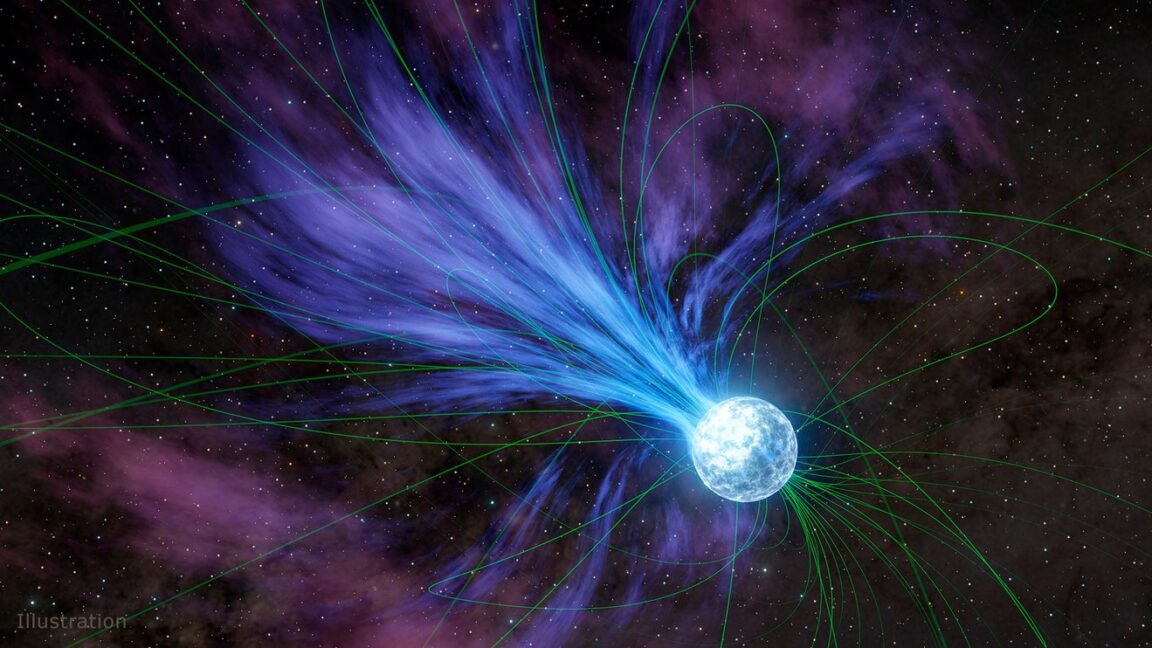One of both papers released on Wednesday looks at the polarization of the photons in the ruptured itself, finding that the angle of polarization changes rapidly over the 2 5 milliseconds that FRB 20221022 A lasted. The 130 -level rotation that took place follows an S-shaped pattern, which has currently been observed in concerning fifty percent of the pulsars we have actually observed– neutron stars that turn swiftly and move an intense jet throughout the line of sight with Planet, usually multiple times each second.
The ramification of this searching for is that the source of the FRB is most likely to additionally get on a compact, swiftly turning things. Or at the very least this FRB. Since now, this is the only FRB that we know screens this sort of habits. While not all pulsars reveal this pattern of rotation, fifty percent of them do, and we have actually certainly observed sufficient FRBs we must have grabbed others such as this if they occurred at a considerable rate.
Spread
The second paper executes a much more difficult analysis, searching for signs of interactions between the FRB and the interstellar medium that exists within galaxies. This will have 2 results. One, caused by spreading off interstellar product, will spread the burst out in time in a frequency-dependent fashion. Scattering can additionally create a random brightening/dimming of different areas of the range, called scintillation, and somewhat analogous to the twinkling of stars brought on by our atmosphere.
In this instance, the photons of the FRB have actually had 3 experiences with matter that can generate these impacts: the sporadic intersteller material of the source galaxy, the similarly sparse interstellar material in our own Galaxy, and the a lot more sparse intergalactic material in between the two. Considering that the resource galaxy for FRB 20221022 A is reasonably near to our own, the intergalactic medium can be neglected, leaving the discovery with two significant resources of scattering.
